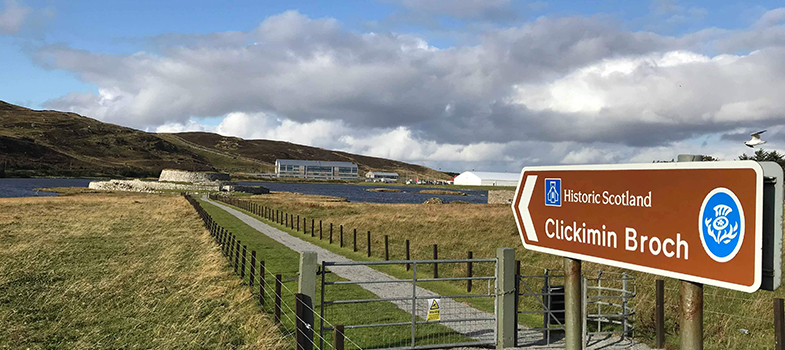Further research
You may want to explore an exciting new resource, the Scots Syntax Atlas developed by researchers at the University of Glasgow, charting the richness and diversity of Scotland’s local dialects, in terms of their vocabulary but also their grammatical structures. Encompassing “fit like” of north-east Scotland, “gonnae no” in Glasgow, and “I might can do” from the Borders, the atlas offers a means of tracing the development of local speech patterns. For example, the influence of Irish immigration can be heard in Glaswegian Scots phrases such as “She’s after locking us out”.
You can explore features of Scots grammar further in Clive Young’s The Scots Learner’s Grammar online resource, which focuses on modern use of Scots and provides a wealth of useful examples. Also available as in PDF format.
This is the Scottish Language Dictionaries home site, the organisation responsible for the Dictionary of the Scots Language. The pages in this link provide an introduction for the newcomer to grammar and/or Scots.
The Shetland ForWirds website provides an ideal model for a case study. It is particularly interesting to see how many older grammatical constructions have survived.
These pages by Caroline Macafee incorporating material by A J Aitken, in the Dictionary of the Scots Language website provide a full descriptive grammar of Older Scots (to 1700) and its origins.
This site recognises the diversity of dialects and the fact that there is a continuum between shared Scots/English forms and densely Scots forms. It comes with the caveat that it “concentrates wholly on the Traditional Scots end of that speech continuum.”
Now go on to Unit 18: Literature – poetry.
17.6 What I have learned
